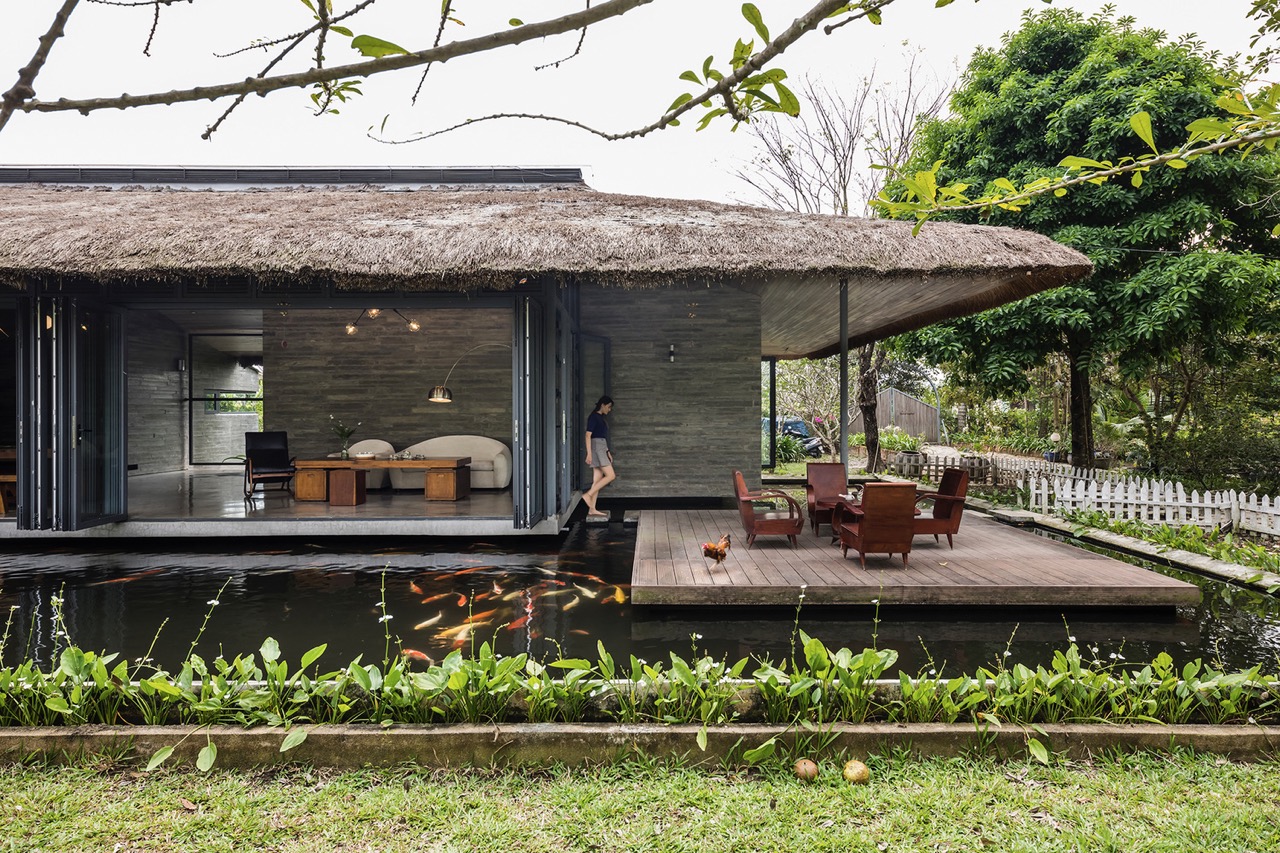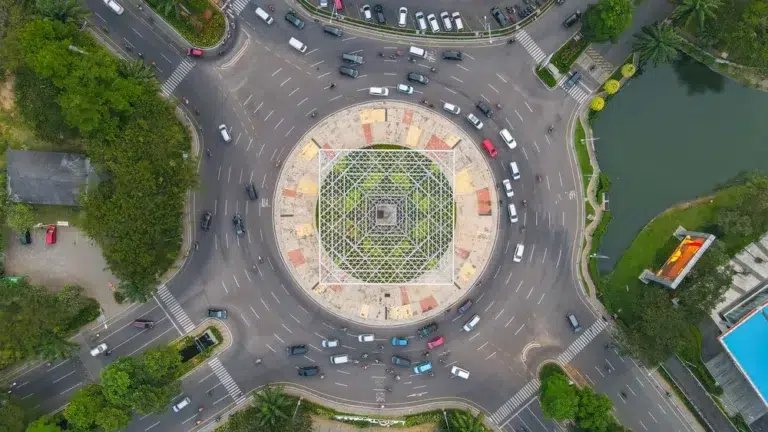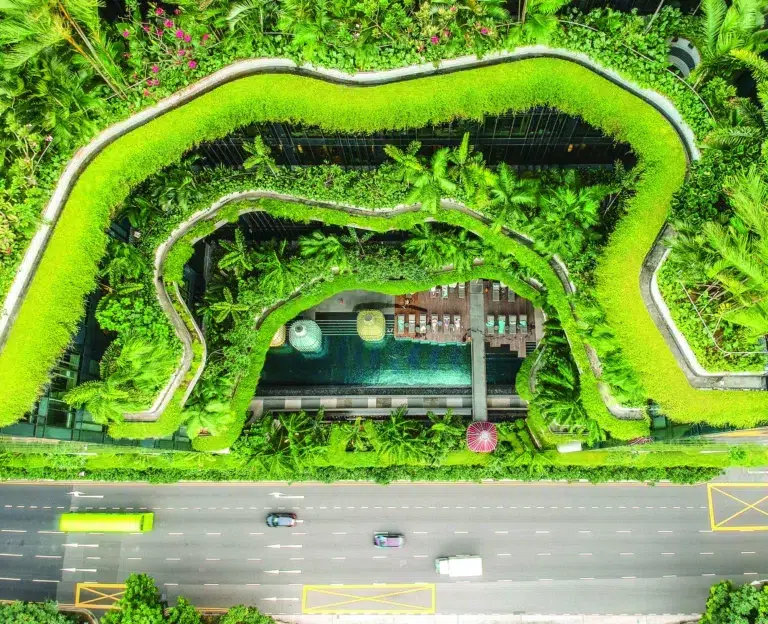News roundup: Vietnam’s AM House, where nature, design, and mindfulness converge, plus other stories

For PropertyGuru’s news roundup, the AM House in Can Giuoc, Vietnam is an architectural triumph, showcasing the convergence of nature, design, and mindfulness. In other headlines, Indonesia is being pressured to transition away from coal, but officials say it’s currently unfeasible to “completely remove coal” from the country’s energy system. Lastly, we present tips on how to make your house look more expensive using indoor plant arrangements.
The AM House in Vietnam: Where nature, design, and mindfulness converge
The AM House featured in BluPrint is a garden retreat that offers its users refuge within the rural landscape of Can Giuoc, Vietnam. It employs a fragmented layout of separate blocks unified underneath the home’s unifying roof. This affords the home a dynamic range of openings and spatial compositions tied together by three young architects, each having their respective firms; AmDesign Architects + Time Architects + CTA.
Taking advantage of its lush surroundings, the AM House is positioned to effortlessly integrate with the natural landscape. The fragmented design of the living spaces creates an enchanting interplay between the indoors and outdoors.
Amongst these distinct volumes of organic randomness lies an open-air courtyard at the heart of the home. This central space acts as a nexus that interconnects the rest of the spaces. Its placement brings natural light into the interiors and fills them with the crisp provincial air. An extensive amount of glazing and glass doors seamlessly transition each space while also opening them up to the outside.
Energy transition is a ‘priority’ for Indonesia, but coal sector must be protected, say officials
While pressure is building on Indonesia to transition away from coal, fossil fuel will likely remain a fundamental part of the nation’s energy mix for the foreseeable future.
It is currently unfeasible to “completely remove coal” from the energy system, according to Idris Sihite, assistant minister for strategic planning at the Ministry of Energy and Mineral Resources.
“We have 99.2 billion tonnes of coal. We have to take care of the coal industry,” he said in the APFED report, noting that Indonesia is “always seen as the bad guy” at international climate conferences because of its heavy reliance on the polluting fossil fuel.
Sihite was speaking at the Indonesia edition of the Asia Pacific Energy Talks in Jakarta, hosted by energy technology firm Siemens Energy.
The cost of decarbonisation in Indonesia also remains “too high”, warned policymakers, who are wary of a hasty retreat from fossil fuels. This is despite the transition to cleaner energy sources being a priority for the nation’s government, amid increasing emissions and more frequent climate-induced extreme weather events in the country.
What ways to use indoor plant arrangements to make homes look more expensive?
Interior design is all about creating a space that is not only functional and comfortable but also aesthetically pleasing. One aspect of interior design that can significantly enhance the beauty and value of a home is the use of indoor plants. With careful selection and arrangement, indoor plants can make a home look more luxurious and expensive. This Housing.com article explores five ways in which designers use indoor plant arrangements to achieve this effect.
The Property Report editors wrote this article. For more information, email: [email protected].
Recommended
6 ways Bekasi is driving sustainable growth in Indonesia
One of Greater Jakarta’s rising stars is prospering, thanks to ample recreation and a contingent of desirable housing projects
ARES White Paper Volume 3: The era of adaptive reinvention
Pioneering sustainable and innovative practices in urban development
ARES White Paper Volume 2: Unravelling the power of data revolution in real estate
Insights on proptech, smart cities, and sustainable development
ARES Digital White Paper Volume 1: The fundamentals of responsible building
Green and climate heroes join forces to discuss how Asia Pacific can weather the current environmental crises and the looming effects of climate change






